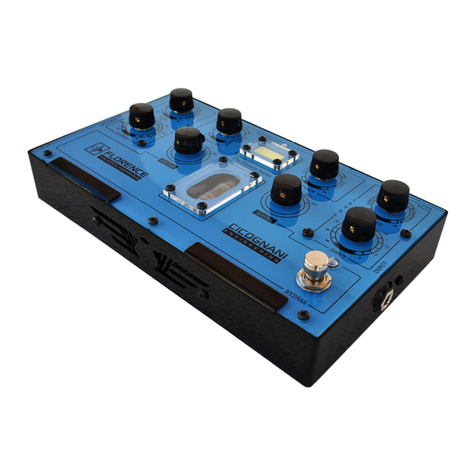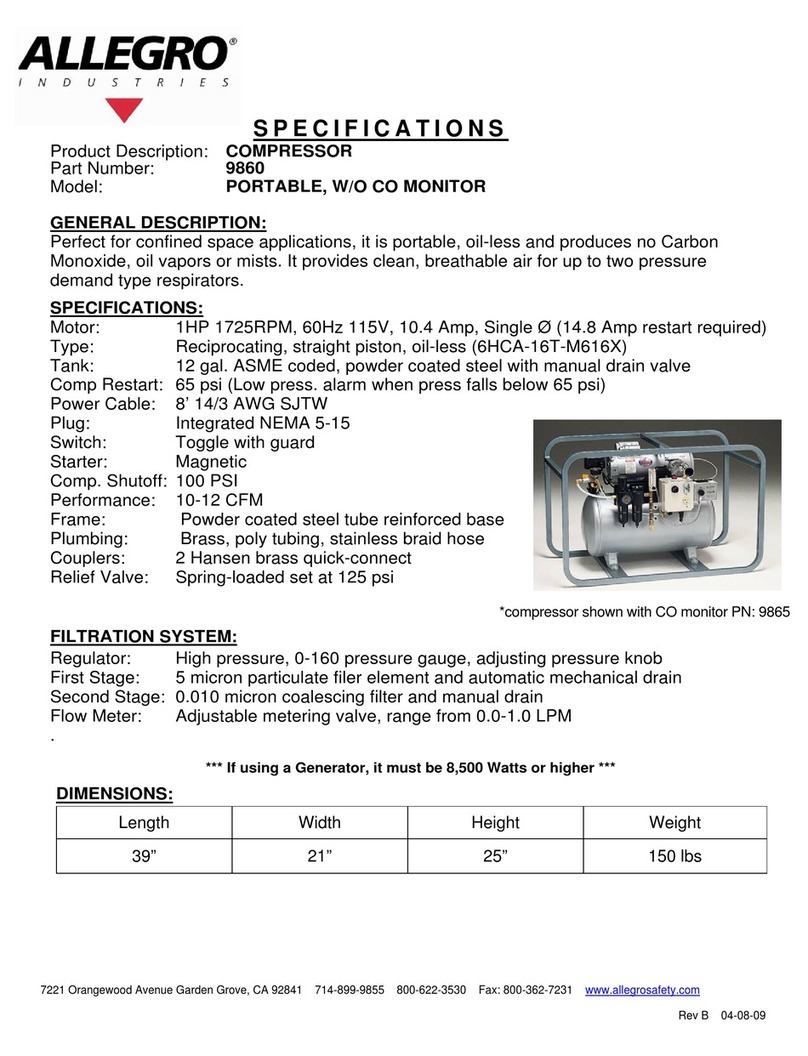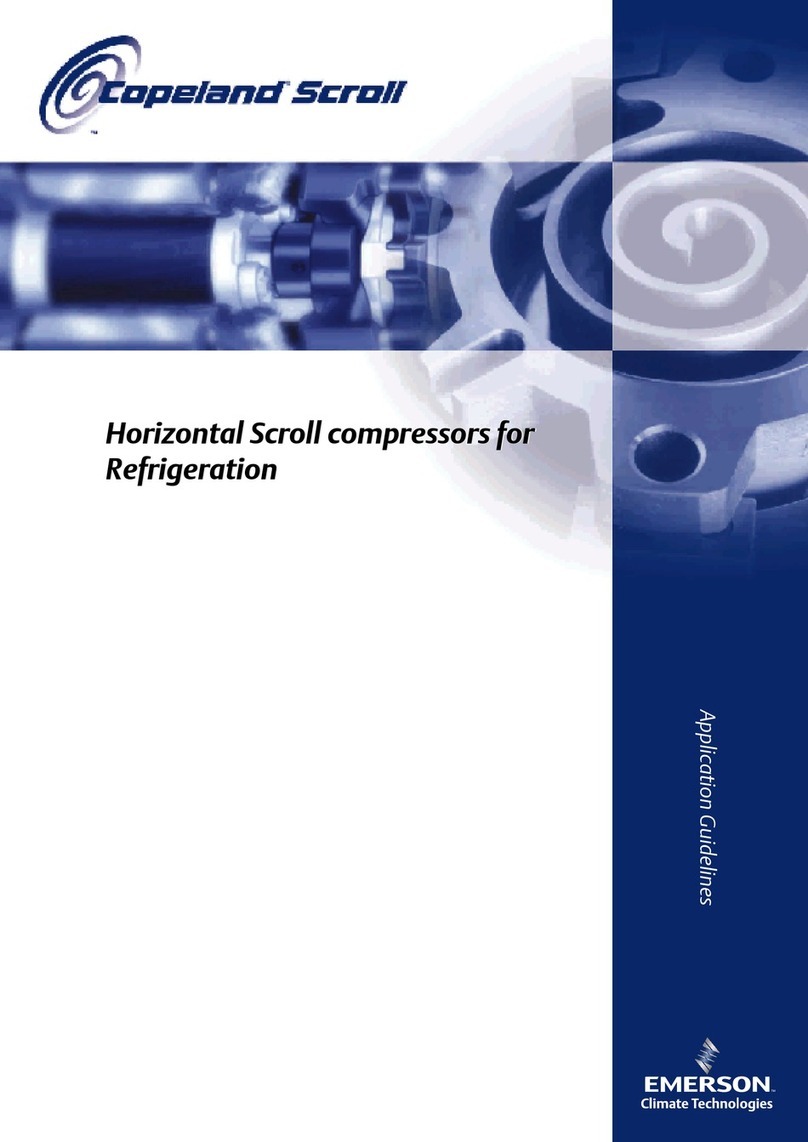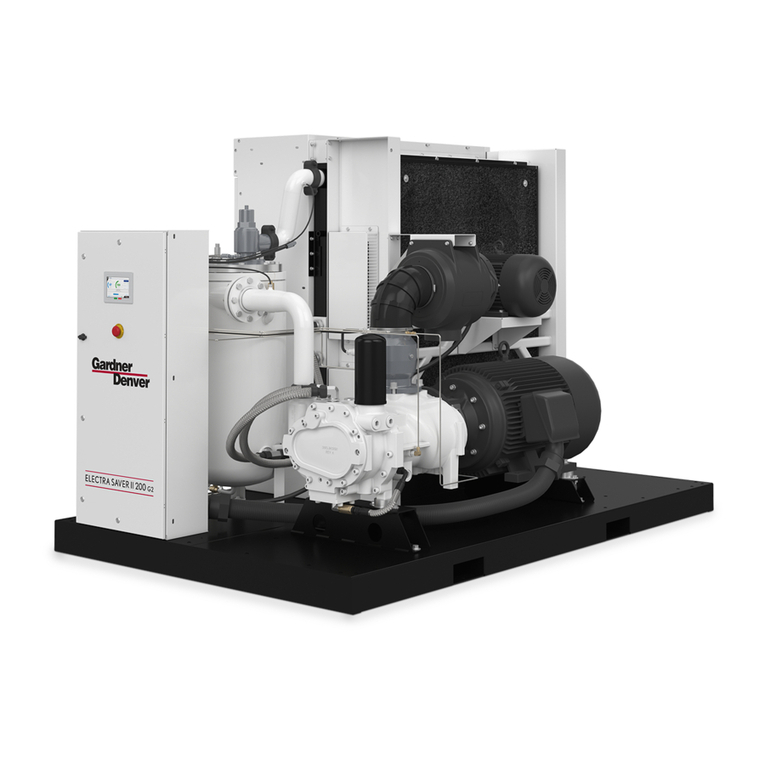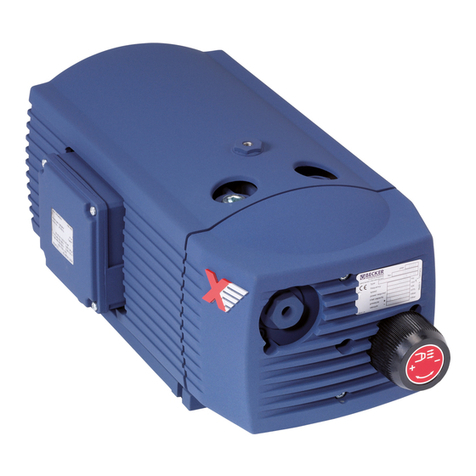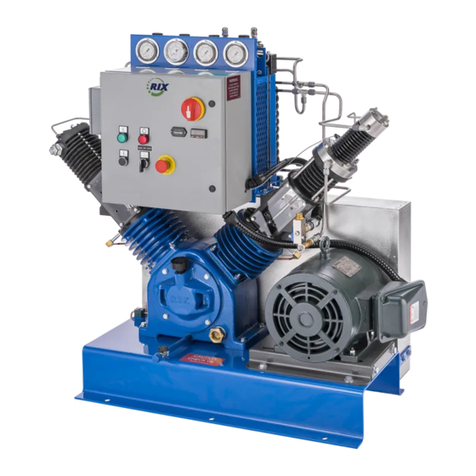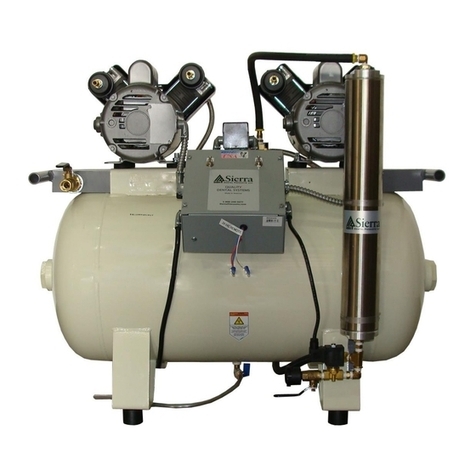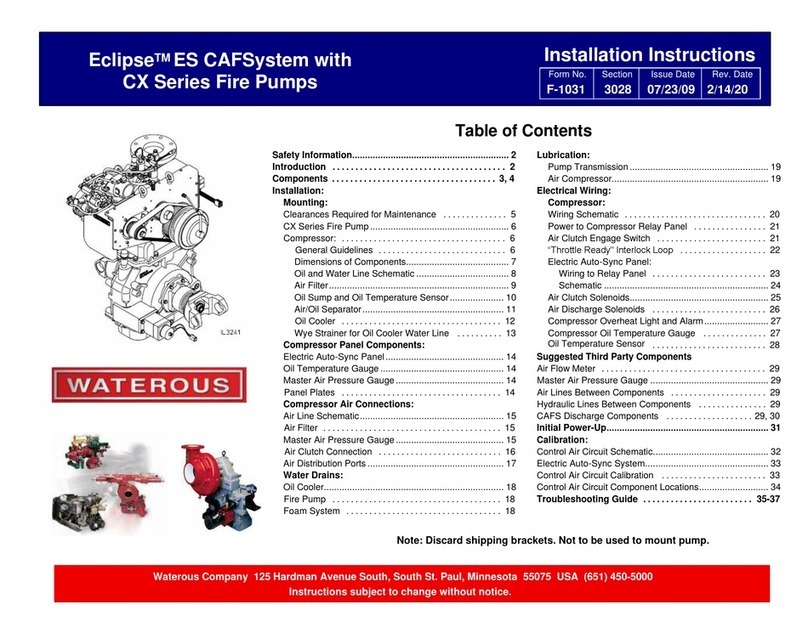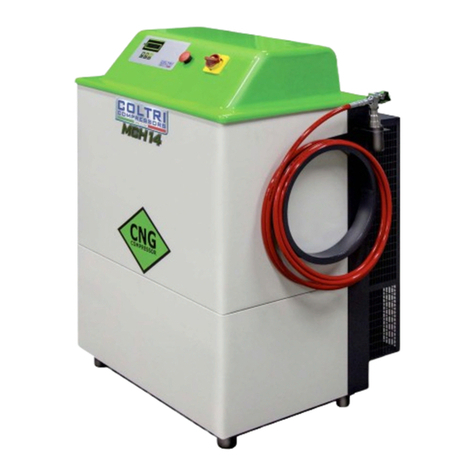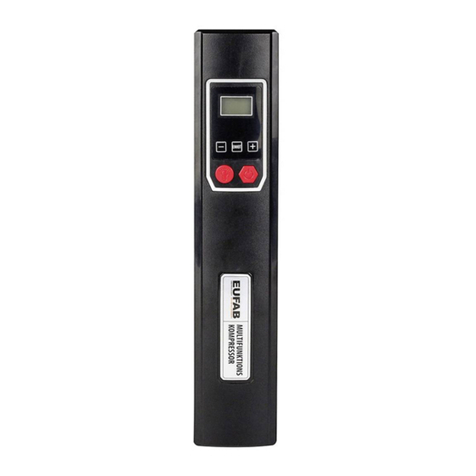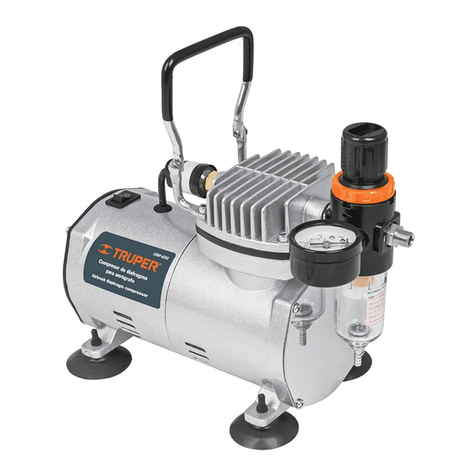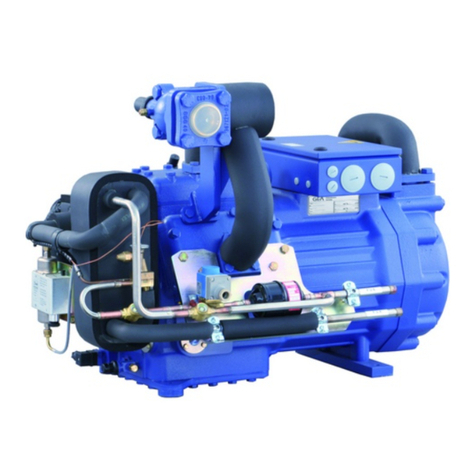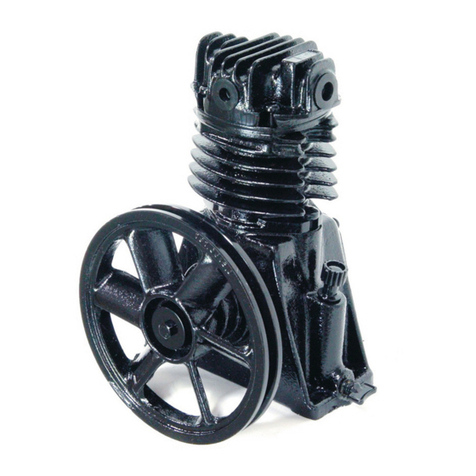
Waterous 200-B Belt-Driven Installation Guide Rev-
Page 4 of 54
Figure 1 200-B Compressor........................................................................................................... 7
Figure 2 200-B Compressor, rear view........................................................................................... 8
Figure 3 200-B Bottom mounting bolt pattern (center to center).................................................... 8
Figure 4 Universal Mounting Bracket ............................................................................................. 9
Figure 5 Adjustable Mounting Head............................................................................................... 9
Figure 6 Vertical sump.................................................................................................................. 10
Figure 7 200-B T-Sump, Side View.............................................................................................. 11
Figure 8 Temperature sender on Sump ....................................................................................... 13
Figure 9 Separator/filter side view with fittings............................................................................. 14
Figure 10 Separator/filter and bracket detail ................................................................................ 14
Figure 11 Oil Inlet/Outlet Ports..................................................................................................... 15
Figure 12 Water Inlet/Outlet Ports and Drain ............................................................................... 15
Figure 13 Freeze damage to undrained cooler, also showing the small diameter of the water
tubes.............................................................................................................................. 15
Figure 14 Adjustable Mounting Brackets...................................................................................... 16
Figure 15 Cooler mounted on the side of a pump compartment, with the cooler body sloping
toward the drain for better drainage.............................................................................. 16
Figure 16 Wye Strainer.................................................................................................................. 17
Figure 17 Wye-strainer installed, with cleanout valve.................................................................. 17
Figure 18 Clean Strainer .............................................................................................................. 17
Figure 19 Dirty Strainer ................................................................................................................ 17
Figure 20 Bracket and filter .......................................................................................................... 18
Figure 21 Hydraulic Filter, top, showing flow direction arrows..................................................... 18
Figure 22 Auto-Sync Manual Valve Assembly............................................................................. 19
Figure 23 Auto-Sync Control Switches and Label....................................................................... 19
Figure 24 Typical Air Pressure Gauge ........................................................................................ 19
Figure 25 Auto-Sync Control Switch and Label (electric)............................................................ 20
Figure 26 Auto-Sync valve assembly, front (electric).................................................................. 20
Figure 27 Piloted Balance Valve inlets and outputs, with push-on hoses.................................... 21
Figure 28 Manual Valve Control................................................................................................... 23
Figure 29 Electric Valve Control................................................................................................... 23
Figure 30 Compressor adjustment points .................................................................................... 24
Figure 31 Piloted Balance Trim Valve (PBTV)............................................................................. 24
Figure 32 Typical CAFS Discharge.............................................................................................. 27
Figure 33 Basic CAFS System..................................................................................................... 39
Figure 34 200-B with “T” Sump .................................................................................................... 40
Figure 35 200-B with Vertical Sump............................................................................................. 41
Figure 36 Compressor Dimensions.............................................................................................. 42
Figure 37 "T" Sump Dimensions .................................................................................................. 43
Figure 38 10" Vertical Reservoir................................................................................................... 44
Figure 39 Oil Cooler ..................................................................................................................... 45
Figure 40 200-B Oil and Separator............................................................................................... 46
Figure 41 Separator Bracket ........................................................................................................ 47
Figure 42 Hydraulic Schematic with "T" Sump............................................................................. 48
Figure 43 Hydraulic Schematic with Vertical Sump...................................................................... 49
Figure 44 Electrical Schematic for Auto-sync............................................................................... 50
Figure 45 Air Schematic, Electric Auto-sync, 90° Inlet................................................................. 51
Figure 46 Air Schematic, Manual Auto-sync, Vertical Inlet .......................................................... 52
Figure 47 Air Schematic, Manual Auto-sync, 90° Inlet................................................................. 53
Figure 48 Panel Cutouts, Electrical & Manual Controls ............................................................... 54




















